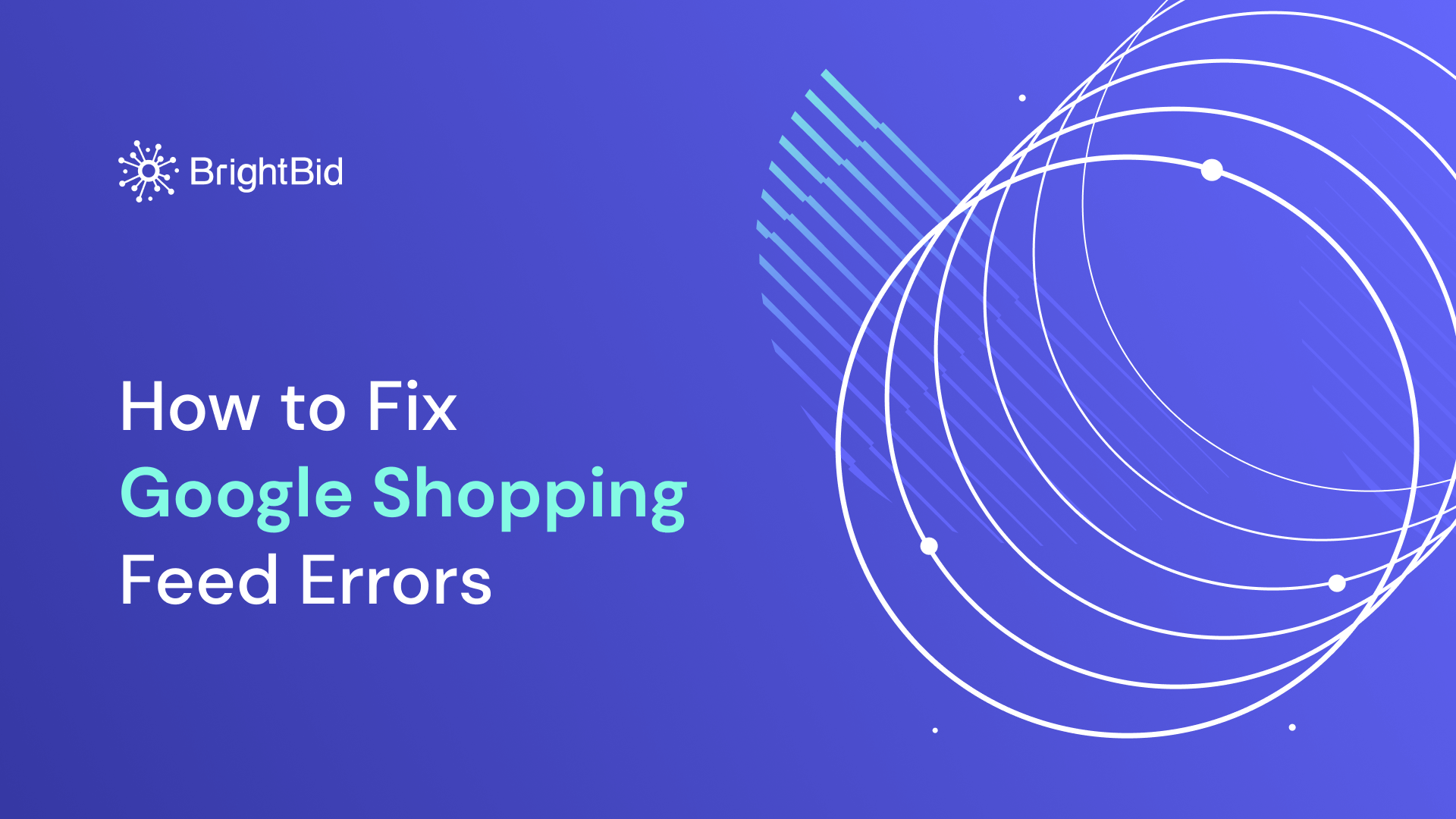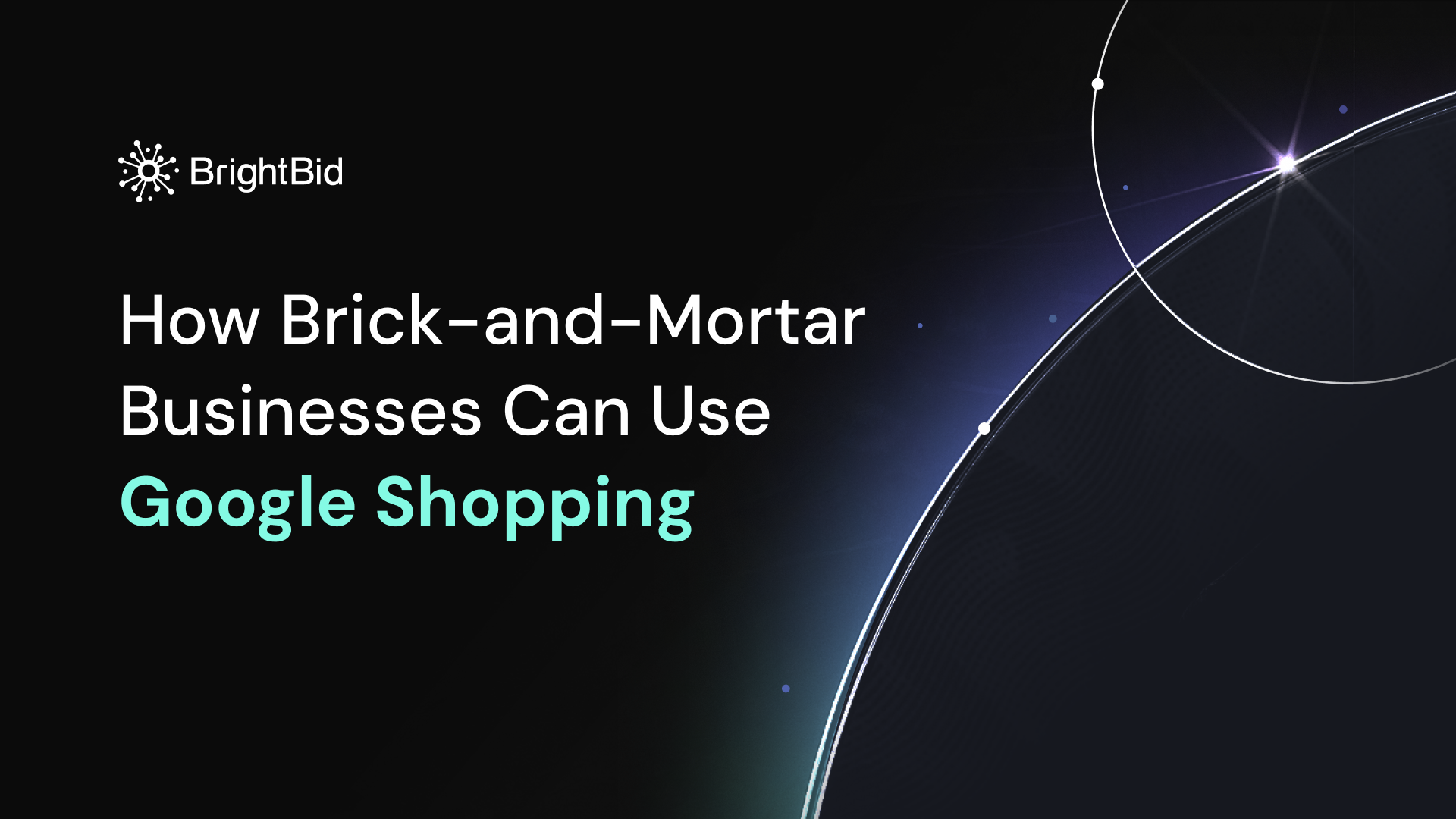Google Search has introduced a new feature called AI Overviews (originally, Search Generative Experience, or SGE, for short) that utilizes generative AI to enhance users’ search experience. This feature has the potential to revolutionize e-commerce searches, transforming the way people discover and shop for products online.
Table of Contents
What are Google AI Overviews (Previously, Search Generative Experience)?
Google AI Overviews use sophisticated generative AI algorithms that understand user queries more deeply than keyword-based searches. By understanding context, intent, and even emotions behind a user’s search, AI Overviews provides a more personal and relevant search experience that brings users closer to the product or information they’re looking for. AI Overviews can analyze explicit search terms and implicit meanings and preferences, providing a richer and more personalized set of results for users.
One of AI Overviews’ key features is its ability to help users find new products or services they’re interested in. By using machine learning, AI Overviews can anticipate user preferences based on previous searches, behavior, and other relevant data. This predictive capability allows the system to show users products that they’re likely to find attractive, improving the overall shopping experience for consumers.
As a result of AI Overviews, businesses, and advertisers gain more targeted exposure to prospective customers, and users experience a more intuitive and fun search journey that surpasses the traditional search engine experience.
Enhance your PPC campaigns with AI
What are the Benefits of AI Overviews for E-Commerce
The key features of AI Overviews for e-commerce include:
- Product overviews: AI Overviews generates concise and informative summaries of products from various sources, providing a comprehensive view of their features, reviews, and pricing.
- Contextual shopping assistance: AI Overviews suggests relevant products based on the user’s search query, browsing history, and purchase behavior. It helps users discover products they may not have come across otherwise.
- Visual product experiences: AI Overviews can generate images of products, allowing users to visualize their appearance and features. This is particularly beneficial for e-commerce platforms that sell physical products.
- Interactive product comparisons: AI Overviews enables users to compare different products side-by-side, making it easier to make informed purchasing decisions.
The impact of AI Overviews on e-commerce search results is significant. It provides users with more relevant, engaging, and personalized information, leading to increased product discovery, improved customer satisfaction, and higher conversion rates for e-commerce businesses.
What are the Challenges of AI Overviews for E-Commerce?
As a result of AI Overviews’ introduction, brand retailers may notice a decrease in organic search traffic from queries related to branded products. This will not only affect your product detail pages but also drive traffic toward other online stores that carry your branded products.
Google algorithms may find the data and information coming from other shops selling your branded products more suitable for AI Overviews results. The thing is that since AI Overviews results are basically PLPs (product listing pages), they offer a full product description as well as a product carousel. It may turn out that these PLP-like results will be stuffed with information from other websites, not yours.
When a customer selects a particular branded item, they will see a Product Knowledge Panel (PKP) that displays information from your PDP as well as results from other online stores/distributors. These stores/distributors have enhanced their feeds with structured data to showcase the same brands to customers.
Besides the PLP-like experience, AI Overviews presents some other challenges that businesses will need to address to stay competitive. Here are some of the key challenges of AI Overviews for e-commerce businesses:
- AI Overviews’ evolving capabilities require businesses to constantly adapt their strategies to keep up. This may involve investing in data analytics, as well as making changes to website design and content management systems.
- To ensure accurate and reliable results, you must maintain up-to-date and complete product data for AI Overviews. This will prevent the provision of misleading or incomplete information to users.
- Balancing personalization and user privacy is crucial with AI Overviews. Businesses need to find a middle ground between providing personalized experiences and protecting users’ personal information.
- AI Overviews may make it harder for e-commerce businesses to stand out. To overcome this, you must develop innovative ways to promote your brands and differentiate yourself from competitors.
- Being an early adopter of AI Overviews can give you a competitive edge. Those who lag behind may struggle to reach potential customers and make sales.
AI Overviews offers opportunities and challenges for e-commerce businesses, and adapting to it can help you increase customer engagement, improve conversion rates, and get a stronger brand reputation.
Enhance your PPC campaigns with AI
How E-Commerce Businesses Can Adapt to AI Overviews?
Since AI Overviews results for e-commerce goods are PLPs in a sense, paying attention to E-E-A-T (Experience, Expertise, Authoritativeness, and Trustworthiness) signals is essential for effective e-commerce SEO. Here’s a comprehensive guide on how e-commerce businesses should address each aspect.
Experience (E)
- Ensure a User-Friendly Website Design: Make your e-commerce site easy to navigate, responsive, and seamless across various devices.
- Optimize Page Loading Speed: Improve website performance to minimize loading times and enhance the overall user experience.
- Provide Clear and Intuitive Navigation: Make product categories, filters, and search functionalities user-friendly for effortless exploration.
Expertise (E)
- Offer Comprehensive Product Information: Provide detailed and accurate information about your products, including specifications, usage instructions, and benefits.
- Develop Educational Content: Create blog posts, guides, or videos that demonstrate your knowledge of the industry, products, and related topics.
- Provide Responsive Customer Support: Address inquiries promptly, showcasing your expertise and commitment to customer satisfaction.
Authoritativeness (A)
- Build a Strong Backlink Strategy: Earn links from reputable and relevant sources within your industry to bolster your backlink profile.
- Invest in Content Marketing: Develop high-quality, authoritative content, such as in-depth product reviews, industry reports, or thought leadership pieces.
- Collaborate with Influencers: Partner with influencers or experts in your niche to enhance your brand’s authority through their endorsement.
Trustworthiness (T)
- Ensure Secure Transactions: Use secure payment gateways and prominently display trust badges to reassure customers.
- Clearly Communicate Policies: Articulate your privacy policy, return policy, shipping information, and terms of service to build trust with customers.
- Showcase Customer Reviews: Encourage and highlight positive customer reviews and testimonials to underscore the trustworthiness of your products and services.
Extra E-Commerce Tips on How to Adapt to AI Overviews
In addition to the above-mentioned E-E-A-T strategies, there are other ways to improve your online visibility within the context of AI Overviews.
Enhance Structured Data Implementation
Beyond basic markup, consider incorporating advanced structured data techniques. Utilize markup schema that goes beyond mere identification and categorization, aiming to provide rich and detailed information about your products. This can include specifics such as dimensions, materials, and other relevant attributes, making your content more comprehensible to AI algorithms.
Prioritize Contextual Relevance
Tailor your content to align with the context in which it may appear. Anticipate potential user queries and structure your data accordingly. For instance, if your e-commerce platform specializes in fashion, ensure that your product descriptions, images, and videos are not only marked up appropriately but also contain information that responds well to fashion-related inquiries.
Leverage User-Generated Content
User-generated content (UGC) can play a pivotal role in enhancing your presence in AI Overviews. Encourage customers to leave reviews, ratings, and comments, as these can become valuable sources of data for AI algorithms. Ensure that this content is also appropriately marked up to maximize its visibility in AI-generated responses.
Dynamic Content Updates
Regularly update and refresh your content. AI Overviews algorithms are designed to prefer recent and relevant information. Keep your product listings, descriptions, and media assets up to date, reflecting the latest trends and customer preferences. This ensures that your content remains competitive within the dynamic landscape of AI-driven search experiences.
Diversify Keyword Strategies
Expand your keyword strategy beyond conventional short-tail keywords. Given the conversational nature of AI interactions, place a strong emphasis on long-tail keywords that mimic natural language. Consider incorporating phrases and questions that users might input when using voice-activated devices or typing conversational queries, ensuring your content is primed for these search patterns.
Implement Natural Language Processing (NLP) Techniques
Invest in natural language processing techniques to better understand and cater to the nuances of user queries. This involves fine-tuning your content to resonate with colloquial language and idiomatic expressions, making it more likely to be surfaced by AI responses in various search scenarios.
Get Ready for Google AI Overviews
Adapting to AI Overviews in e-commerce goes beyond basic markup. It involves a holistic approach that incorporates advanced structured data, user-generated content, dynamic updates, and a nuanced understanding of conversational search patterns. Your e-commerce business can not only conform to the evolving nature of AI-driven experiences but also stand out among competitors.


 ” />
” />

 ” />
” />

